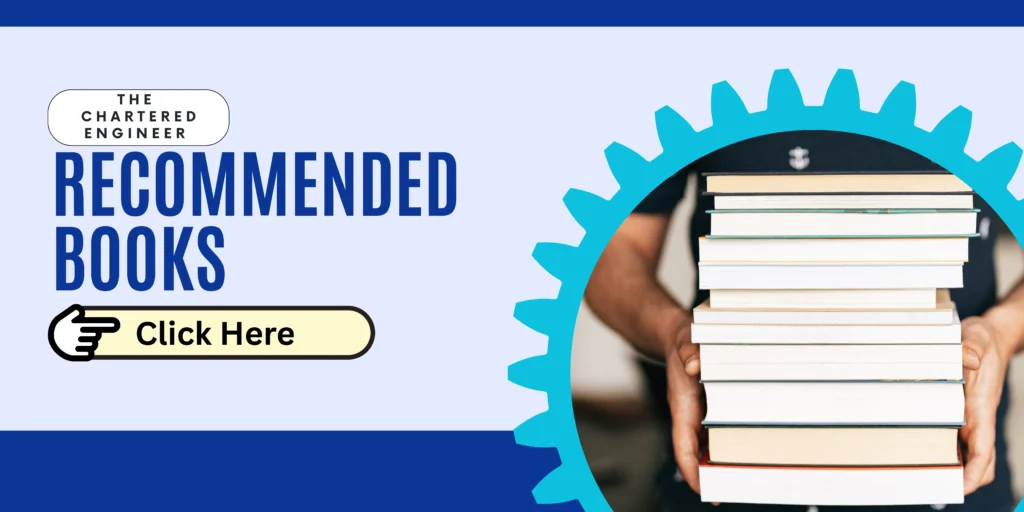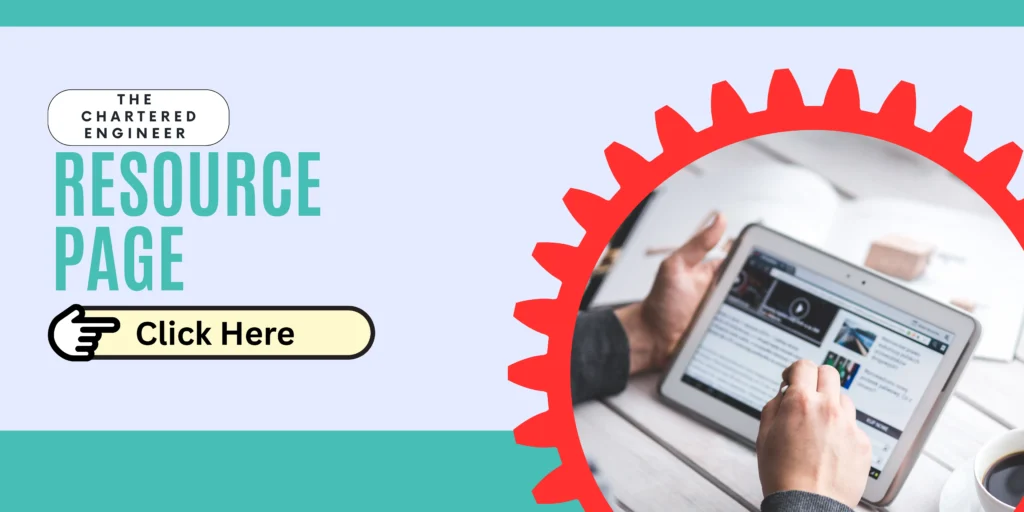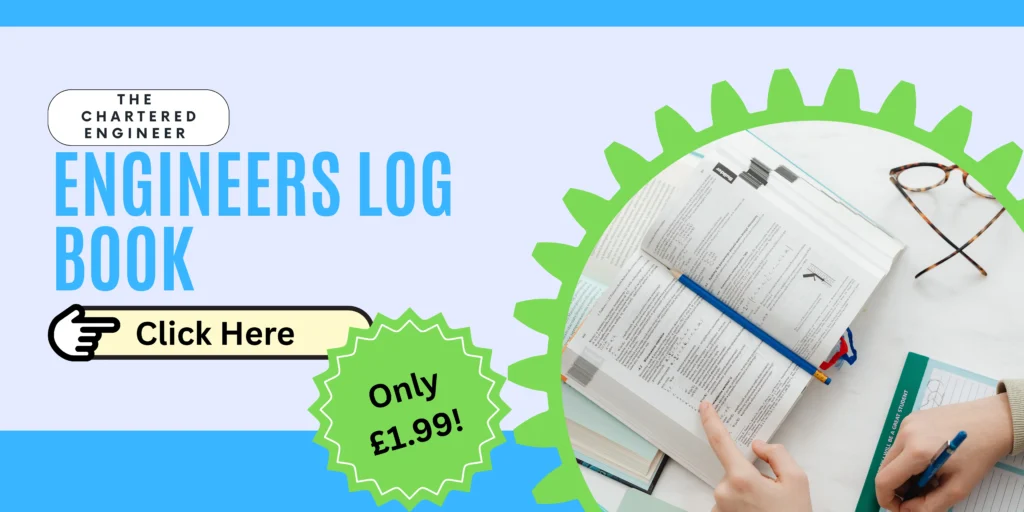How to Build Real-World Engineering Experience While Still a Student?

The only source of knowledge is experience
Albert Einstein
Engineering experience is about solving problems using scientific principles, the design process, systematic analysis, and breaking complex challenges into manageable pieces. Building engineering experience as a student means applying creativity and technical knowledge to make life better for people.
So, in theory, if you can find real-world experiences that enable you to practice these core skills, then you’ll be able to jump a few steps ahead as a student and offer potential employers tangible engineering experience, demonstrated skills, and proof that you have the initiative to develop professionally without constant guidance.
Before we get stuck in, this blog is part of a bigger Careers focus thread, find the rest in the series here: Careers.
But what examples are out there that you can take advantage of right now?

1. Analyse Existing Problems from Case Studies
Take real engineering challenges and conduct your own analysis with proposed solutions:
- Local projects: What infrastructure projects are currently happening in your area? Research the challenges they’re facing and propose alternative approaches or improvements. Check Engineering News-Record for current infrastructure projects and industry case studies.
- Daily problems: Is there a transport bottleneck in your city? A recurring issue in your dorm or apartment? Apply engineering thinking to develop systematic solutions.
- Document everything: Your analysis process, assumptions, research methods, and proposed solutions all demonstrate engineering thinking.
2. Tackle Formula 1 Engineering Challenges
F1 represents engineering at its most demanding – think about current challenges they face:
- Aerodynamic efficiency: Design solutions for reducing drag while maintaining downforce
- Hybrid power systems: Improve energy recovery and deployment strategies
- Tire performance: Analyse thermal management or degradation patterns
- Weight optimization: Propose lightweight alternatives for existing components
Research current regulations, understand the constraints, then design within those parameters. The FIA Formula 1 Technical Regulations provide detailed specifications and constraints to work within.
3. Address Third-World Engineering Problems
Design solutions that are low-cost, power-independent (or self-generating), and require minimal maintenance skills:
- Water access: Hand pumps, filtration systems, or rainwater collection
- Sanitation: Composting toilets, waste processing systems
- Energy: Solar cookers, wind pumps, or micro-hydroelectric systems
- Communication: Low-power radio networks or mesh communication systems
- Agriculture: Irrigation systems, crop storage, or processing equipment
Engineers Without Borders offers excellent resources and case studies for humanitarian engineering projects that can inspire your own solutions.
These projects demonstrate your ability to work within severe constraints while maximizing social impact – exactly the kind of engineering experience that stands out to employers.

4. Follow in the Footsteps of Historic Engineers
Trace the development process of legendary engineers, studying their notebooks, failures, and breakthrough moments:
- Alexander Graham Bell: Communication technology and acoustic engineering
- Isambard Kingdom Brunel: Transportation infrastructure and bold design thinking
- Hedy Lamarr: Frequency hopping and early wireless communication
- Katherine Johnson: Computational methods and aerospace engineering
- Nikola Tesla: Electrical systems and innovative problem-solving approaches
Recreate their experiments with modern tools, analyse what made their approaches successful, and consider how you might have solved similar problems. The IEEE History Center contains extensive archives of engineering pioneers and their methodologies.
5. Identify Unsolved Problems
This is where the real innovation happens – can you identify a problem no one has adequately solved?
- Think blue sky: Could be an app, physical device, service, or entirely new methodology
- Focus on impact: What would save time, effort, or money in people’s daily lives?
- Consider scalability: How would your solution work for 100 people? 100,000? 100 million?
- Research thoroughly: Make sure you understand why this problem hasn’t been solved yet
Examples might include:
- More efficient personal transportation in dense cities
- Better ways to reduce food waste in supply chains
- Accessible technology for people with disabilities
- Climate-resilient infrastructure for developing regions
For inspiration and to ensure you’re not duplicating existing solutions, explore patent databases through Google Patents and review current research on arXiv Engineering.

The Critical Documentation Process
With all these projects, maintaining a detailed logbook is essential. Your documentation should include:
Technical Process:
- Problem definition and scope
- Research methodology and sources
- Design iterations and decision rationale
- Testing procedures and results
- Failure analysis and lessons learned
Professional Development:
- Skills developed during the project
- Areas where you needed additional expertise
- How you found and evaluated information
- Collaboration with others (mentors, peers, professionals)
Reflection and Growth:
- What you would do differently next time
- How this project connects to your career goals
- Questions that emerged for future investigation
Making It Count
Remember, employers aren’t just looking for technical skills when evaluating engineering experience – they want to see engineering judgment, problem-solving resilience, and the ability to communicate complex ideas clearly.
Your project portfolio should demonstrate:
- Initiative: You identified and pursued challenges independently
- Persistence: You worked through obstacles and setbacks
- Communication: You can explain your work clearly to both technical and non-technical audiences
- Learning agility: You acquired new knowledge and skills as needed
The goal isn’t perfection – it’s demonstration of engineering thinking in action. Even projects that don’t reach their intended goals can showcase valuable learning and professional development.
Start with problems that genuinely interest you. Your enthusiasm will carry you through the difficult parts, and that passion will be evident to future employers, collaborators, and graduate school admissions committees.
The world has plenty of unsolved problems waiting for fresh engineering perspectives. Your student years are the perfect time to start developing the skills and mindset to tackle them while building valuable engineering experience that will set you apart in your career.



What are your thoughts? Have I covered everything or is there more you know and would like to share?
I’m always learning and improving this site and my blogs, so please feel free to get in touch with me via LinkedIn or this site to discuss any topics I have covered.
If you’re having trouble finding ways to progress check out these sites filled with free learning tools:


Discover more from The Chartered Engineer
Subscribe to get the latest posts sent to your email.